Description
A laid back look at the abundant wildlife in La Brenne, with local guides Jason & Emilie Mitchell.
Often called the Land of a Thousand Lakes, La Brenne Natural Regional Park (a status similar to a National Park in UK terms) is a hidden wildlife gem located in Central France just south of the Loire Valley. A mosaic of fish ponds, lakes, reedbeds, flower-rich meadows, heaths and broad-leaved forest set in a traditional farmland landscape makes for a uniquely diverse flora and fauna. Yet the Park is not vast, totalling 166,000 hectares and is roughly 30 by 40 miles across. As such, La Brenne can be explored without the need for long periods on the road and its well-maintained network of small, hedge-flanked roads give easy access across the Park.
Birds provide significant interest at any time of year but the spring and early summer are most productive. Members of the heron family are particularly well represented with nine species on offer during the summer; Little Bittern breed in small numbers, whereas Purple and Night Herons are common. Garganey and Red-crested Pochard are some of the more eye-catching ducks and other water birds include the Black-necked Grebe. The latter is one of La Brenne’s most important species as it holds well over 10% of the French breeding population and in a good year 200 pairs of this stunning species nest here. Another important bird and one synonymous with the Park is the Whiskered Tern; La Brenne is nationally important for this elegant species with up to 1000 pairs nesting in colonies on floating water lilies. Birds of prey are well represented; Black Kite are particularly common, while Honey Buzzard, Short-toed Eagle, Hen and Montague’s Harriers are not difficult to find. A number of farmland bird species once common in the UK are still regular breeders, Corn Bunting, Turtle Dove, Quail and Stone Curlew are all well distributed. Unlike in the UK, the Turtle Dove is still common and its soft purring song is a feature in any favourable habitat. The passerines hold some pleasant surprises too, dozens of warbler feature with Savi’s, Melodious, Bonelli’s and Great Reed Warbler some of the stand-out species. Although Wryneck, Red-backed Shrike, Black Redstart, Serin, Hoopoe, Golden Oriole, Nightingale and Cirl Bunting can all be found in the UK, in La Brenne they are widespread and common. Perhaps one of the region’s most spectacular birds is the Bee-eater and no trip is complete without a visit to one of their river-bank, nesting colonies.
With large areas of traditionally managed farmland and forest with associated meadows, wetland and heath, butterflies should abound and indeed they do; an impressive 97 species have been recorded across La Brenne. For the visiting naturalist, some of the more exciting butterflies include Scarce Swallowtail, Camberwell Beauty, Lesser Purple Emperor, Southern White Admiral, Map, Pearly Heath, Large Chequered Skipper, Great Banded Grayling, Woodland Brown, Ilex Hairstreak, Sooty Copper, Large and Alcon Blues. Several Fritillary species occur: Knapweed, Glanville, Heath, Marsh, Weaver’s, Meadow and Marbled can all be common by mid-summer. Species which occur in the UK in small numbers or as rarities are often frequent in La Brenne and include Berger’s Clouded Yellow, Short-tailed Blue, Swallowtail and Black Hairstreak. During a typical week-long summer tour it’s possible to notch up more than half the ‘Brenne list’!
As you would imagine with so much wetland habitat available, dragonflies are common and almost 70 species have been recorded in La Brenne; to put this into context, the entire UK list stands at 42 resident species! In addition to many of those also found in the UK, several exciting non-British species are on the wing by early summer including the Orange Featherleg, Dainty Bluet, Blue-eye, Western Willow Spreadwing, Orange-spotted Emerald, White-tailed Skimmer, Scarlet Darter, Yellow and Western Clubtails and Small Pincertail.
For the botanist there’s much interest too, particular where orchids are concerned with an impressive 36 different species growing within the Natural Regional Park. Naturally, not all are in flower at the same time but it’s not uncommon to record 20 or more in a week during the height of the season.
This promises to be a fantastic and very popular tour – we recommend booking early to avoid disappointment!
READ FULL HOLIDAY DETAILS

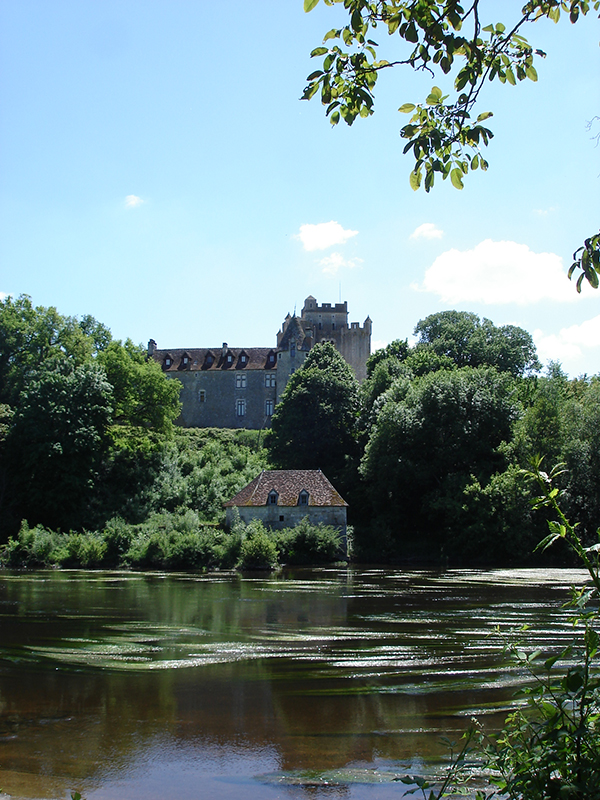
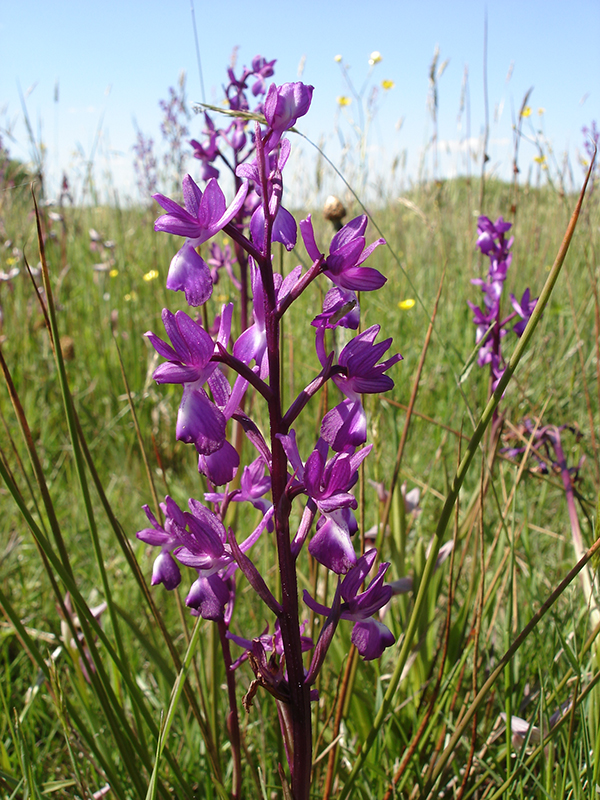
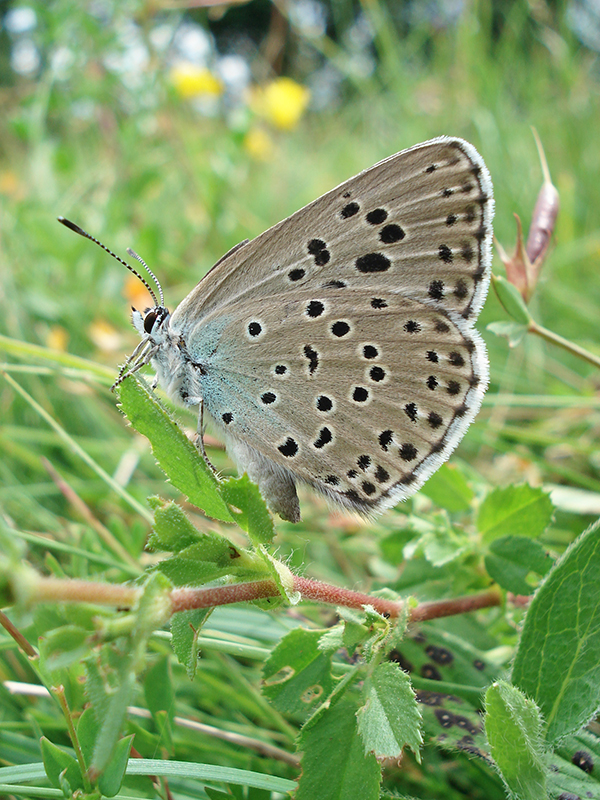
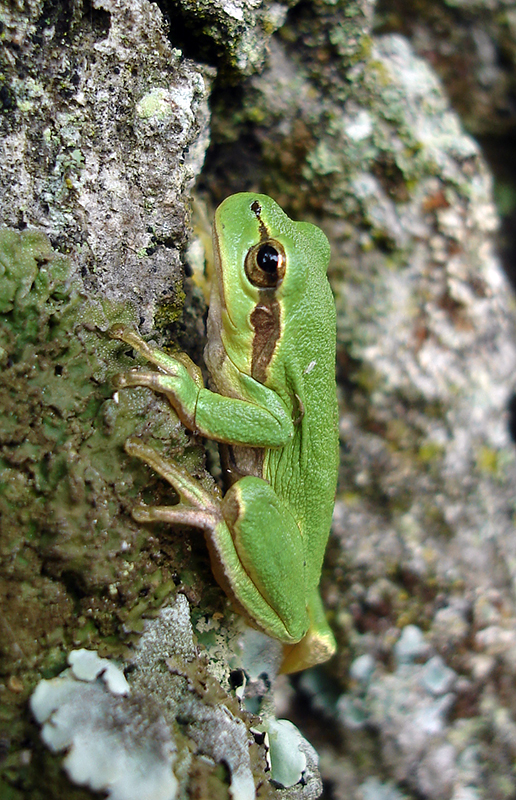
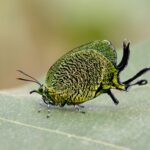
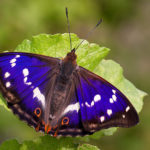
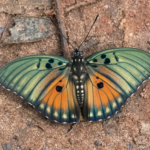





Reviews
There are no reviews yet.